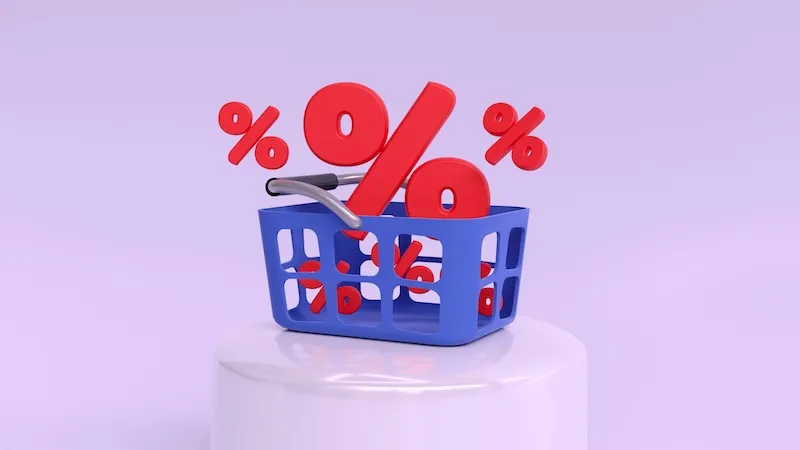Updates to the De Minimis Rule: What Ending De Minimis Means for Ecommerce

The de minimis exemption exists under Section 321 of the Tariff Act of 1930. De minimis shipping allows vendors to send low value materials or consumer goods to the United States without having to report basic data about the package, such as country of origin or manufacturer. To count as de minimis, the value of the package (the fair retail value in the country of shipment) must be below $800 USD. The de minimis threshold was raised from $200 to $800 with the Trade Facilitation and Trade Enforcement Act (TFTEA) in 2016.
Eliminating De Minimis for Tariffed Goods
In 2025, the U.S. Customs and Border Protection (CBP) announced two Notices of Proposed Rulemaking (NPRMs) aimed at modifying the de minimis exemption.
- The first Notice would require more information from de minimis shipments before coming to the United States, such as the marketplace (website), seller, or 10-digit Harmonized Tariff Schedule (HTSUS) classification
- The second Notice proposes that low-value goods subject to Section 201, 232, or 301 tariffs (extra tariffs on items deemed a threat to US industry, national security, or unfair trade) will no longer qualify for the de minimis exemption. These goods would now be subject to both general duties and additional tariffs, even if they are valued under $800
De minimis is one of the last elements of the Tariff Act of 1930 that remain. Other Tariff Act provisions still in operation include Section 305 (import restrictions on counterfeit goods), Section 307 (which bans forced or child labor), Section 526 (which prohibits the sale of ‘gray market goods ’ goods), and restrictions on dumping foreign goods into US markets.
De minimis was mainly an issue of materiality – it was not cost-effective to regulate very small imports, since the potential tax revenue was too low, but it was important to monitor packages and protect against illegitimate trade.
Ecommerce Implications for De Minimis Ending
The proposed changes will likely lead to greater scrutiny of low-value shipments, which are expected to decrease in volume overall. If the Notices become finalized, ecommerce suppliers should ensure that their merchandise is covered by de minimis before shipment, and ensure that the shipment follows customs or labelling requirements. Increased scrutiny on low-value shipments (as well as possible delay in shipment times) is possible with increased customs processing. Leave additional time for receiving goods, and clarify shipment information with your suppliers ahead of time.
In addition to longer processing times, rising costs for foreign ecommerce platforms (like Temu, Shein, and AliExpress) may push customers to buy domestic – which has certainly seemed to be true, as the last several months have seen lower sales and fewer transactions. More transparency will be required from marketplaces like Temu and Shein in order to continue operation, and costs may increase with the new tariff fees.
With foreign sellers facing higher costs, the US ecommerce sector may see an opportunity for change as US-based retailers or manufacturers gain a pricing advantage over overseas suppliers. The era of duty-free imports flooding the U.S. may be coming to an end, and retailers who adapt early will be in the best position for success.
As of February 5, 2025, de minimis is available but will cease to be available upon notice from the Secretary of Commerce to the President that adequate systems are in place to fully and expediently process and collect the tariff revenue applicable to De Minimis.


.jpg)

